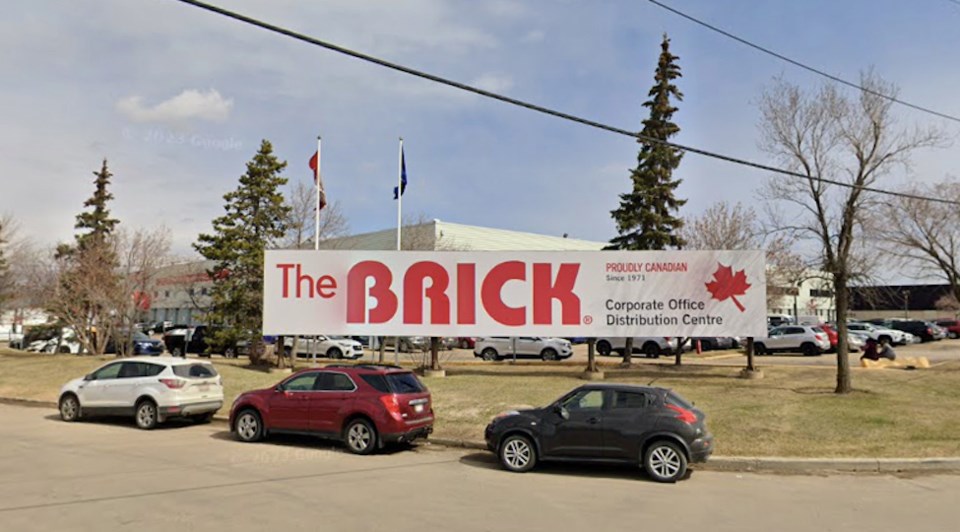Close to 1.3 million square feet of new space were added to the Edmonton industrial market in the second quarter, fuelling a flight to quality among tenants who returned a large amount of old product to the market.
While direct vacancies in the market average 4.5 per cent, Colliers mid-year report on the Edmonton industrial sector notes that tenants returned upwards of 50,000 square feet. That’s about a third of the region’s net absorption in the quarter of 155,268 square feet.
“You may have industrial assets available; they just may not be desirable space, therefore some of these developers are taking advantage of the opportunity to ‘build it and they will come,’” said Richard Darling, managing director in the Edmonton office of Colliers.
The market has close to 3 million square feet under construction, of which more than 1.6 million square feet are set for completion by the end of this year. This is on top of the 1.4 million square feet delivered during the first half of the year.
Darling points to furniture retailer The Brick’s pending relocation to a new purpose-built facility in North 170 Henday Business Park, a venture of Qualico Group. Set to complete in 2024, the 500,000-square-foot facility is a step up from The Brick’s existing 365,000-square-foot distribution centre 20 blocks south. It will feature state-of-the-art equipment allowing for quicker order fulfillment as well as office space for a more seamless working environment.
“That’s taking advantage of better space, more land, the ability to expand their footprint,” Darling said.
Similarly, Home Depot is relocating to a new 206,600-square-foot distribution facility in the Acheson industrial area, another Qualico project.
Some of the demand is coming from out of province, particularly Vancouver, where costs are even higher for next-generation industrial space. While the average industrial lease rate in Metro Vancouver is $22.05, it’s just $10.43 in Edmonton.
“In markets like Vancouver and Toronto, that just doesn’t exist,” Darling said.
Vacancies are also much tighter, sitting at 0.6 per cent in Vancouver with availability at 1.7 per cent. Both are several times less than the corresponding rates in Edmonton, which has the capacity to absorb users. Several companies have found it more economical to set up distribution facilities in Alberta to receive incoming containers from Vancouver then ship the contents across the region due to the lack of affordable space – and sometimes space, period – in the Lower Mainland. The concern has been recognize by both the Vancouver Fraser Port Authority and local governments as a limiter on the local economy.
But for Edmonton, it’s a boon.
What happens to all that older industrial space is another question, however. The region has an inventory of 164 million square feet, and shifting user requirements mean many buildings are becoming obsolete.
While older industrial areas close to he city’s core can be converted to higher and better use – typically residential – the strength of the industrial market means several properties will likely be repurposed.
A building that doesn’t meet the needs to today’s user will be knocked down for tomorrow’s.
“They’re going to have to tear it down and build something that suits whatever it is that they do,” Darling said.



